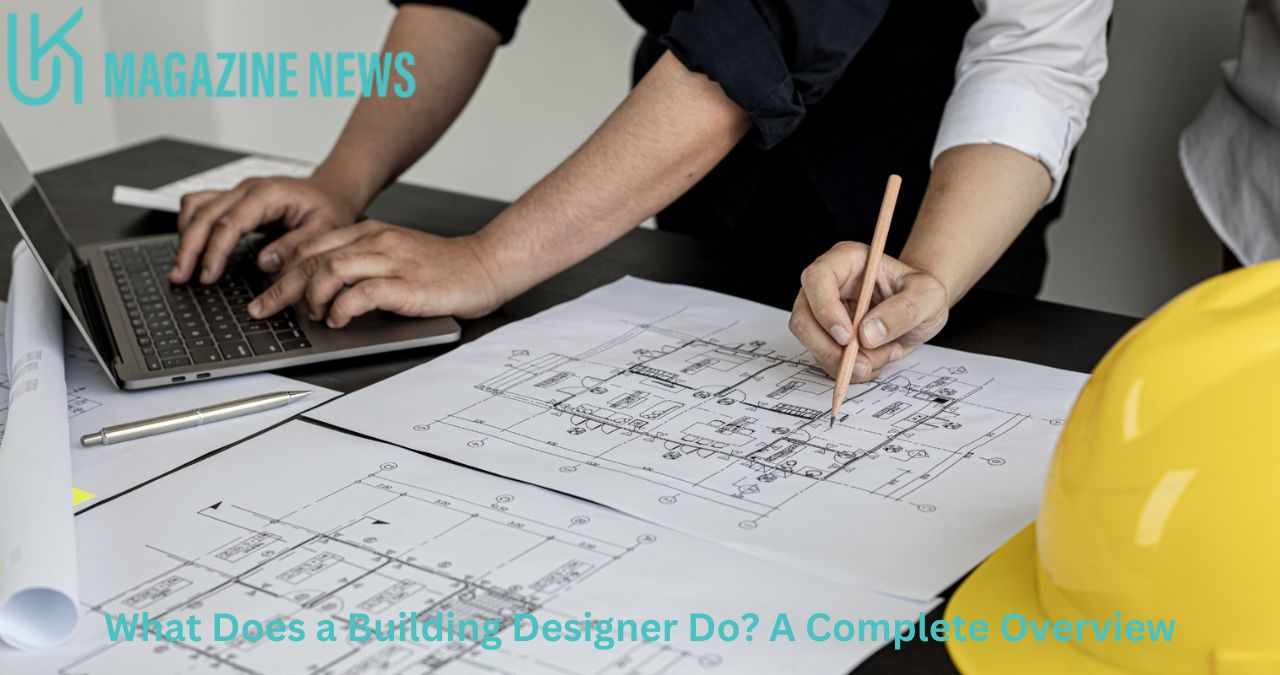Building design is essential for creating functional, aesthetically pleasing, and structurally sound spaces. From homes to offices and community centres, building designers play a pivotal role in turning ideas into tangible realities. But what exactly does a building designer do, and how do they contribute to the construction process? This article explores building designers’ responsibilities, skills, and importance in the architectural landscape.
What Is a Building Designer?
A building designer is a professional who designs and plans buildings while ensuring they meet a client’s functional, aesthetic, and safety requirements. While they may not be architects, building designers often possess similar skills and expertise in designing spaces tailored to specific needs. They work on various projects, from residential homes to commercial establishments, providing creative solutions that align with the client’s vision and regulatory standards.
Building designers often specialise in specific types of buildings, such as residential, commercial, or sustainable structures. Their role requires a deep understanding of materials, construction techniques, and local building codes.
Key Responsibilities of a Building Designer
Conceptualizing and Planning Designs
One of the primary responsibilities of a building designer is to develop the initial concept for a structure. This involves working closely with clients to understand their needs, preferences, and budget. The designer creates sketches, drawings, and plans to communicate their ideas effectively.
Ensuring Compliance with Regulations
Building designers are well-versed in local building codes and regulations. For instance, a building designer in Brisbane must be familiar with Queensland’s specific laws and environmental considerations. Compliance ensures the design meets safety standards and avoids legal complications.
Coordinating with Other Professionals
A building designer collaborates with various stakeholders, including engineers, contractors, and interior designers, to bring a project to life. They bridge the client and the construction team, ensuring everyone is aligned with the project’s objectives.
Sustainable Design Practices
Modern building designers often incorporate sustainable practices into their work. They focus on energy-efficient materials, environmentally friendly construction methods, and designs that reduce carbon footprints. This approach aligns with global efforts to promote sustainability in construction.
Adapting to Client Needs
Every client has unique requirements, and building designers must adapt their designs accordingly. Whether designing a compact home for a small family or a spacious commercial office, the designer tailors the plan to meet the client’s specific goals and lifestyle.
Skills Required to Be a Building Designer
Building designers must blend technical and creative skills to excel in their field. Here are some key attributes that define a successful designer:
- Creative Vision: It is crucial to visualise innovative designs and translate them into practical plans.
- Technical Proficiency: Knowledge of design software, drafting tools, and construction methods is essential.
- Problem-Solving Skills: Building designers must solve challenges like space constraints, budget limitations, or complex regulations.
- Communication Skills: Clear communication with clients and other professionals ensures the project runs smoothly.
- Attention to Detail: Precision in design and documentation helps avoid costly errors during construction.
Why Hire a Building Designer?
Cost-Effective Solutions
Building designers often provide cost-effective alternatives to hiring an architect, particularly for smaller projects. Their expertise ensures that the design process stays within budget without compromising quality.
Tailored Designs
Unlike generic plans, a building designer creates bespoke solutions tailored to the client’s needs. Whether you’re planning a cozy home or a sleek commercial space, the design will reflect your personality and purpose.
Local Expertise
For example, a building designer in Brisbane understands the local climate, lifestyle, and regulations. This local expertise is invaluable when creating structures that blend seamlessly with the environment and comply with regional standards.
Versatility
Building designers can handle diverse projects, from designing single-family homes to multi-unit developments. Their adaptability makes them suitable for various client requirements.
The Difference Between a Building Designer and an Architect
While building designers and architects share similarities, they have distinct roles. Architects undergo extensive university training and are licensed to handle complex projects. On the other hand, building designers focus on creating practical, client-focused designs without necessarily holding an architectural license.
This distinction is necessary to maintain the importance of building designers. In fact, for many residential or small-scale commercial projects, a building designer provides a more accessible and affordable option without sacrificing quality.
Conclusion
Building designers are integral to construction, offering expertise in creating functional, beautiful, and compliant structures. From conceptualisation to completion, they bring a client’s vision to life while ensuring every detail meets the necessary standards.
If you’re planning a construction project, consider hiring a building designer to guide you. Their creative insights, technical knowledge, and local expertise—such as those of a building designer in Brisbane—can make all the difference in achieving a successful outcome. With a focus on tailored designs and sustainability, building designers help shape the spaces where we live, work, and thrive.





